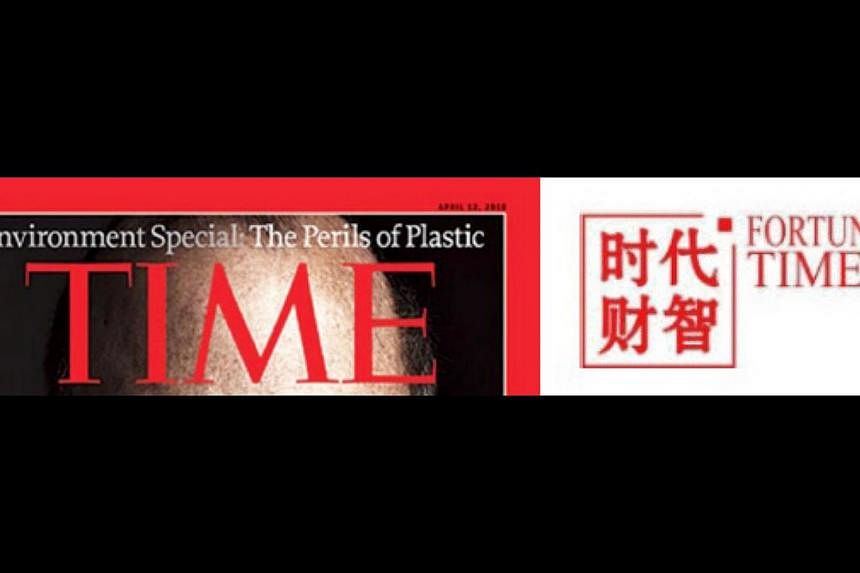US-based media giant Time Inc lost its bid to invalidate Fortune Times which was trademark registered here and assigned to China-based Li San Zhong last year.
Time Inc, which publishes Time as well as Fortune magazines, argued that its readership would think Fortune Times publications were linked to its stable, given alleged similarities.
Fortune Times was registered here in 2011 by Fortune Times Pte Ltd as a trademark and assigned by the company to Mr Li. It is a business publication.
Time Inc argued that the Fortune Times trademark was confusingly similar to its own trademarks registered here earlier.
Time is a weekly news magazine which has a global audience of more than 21 million, while business magazine Fortune has a global readership of nearly five million.
Time claimed that the Fortune Times mark was visually similar to its own two marks, having combined two of its well-known trademarks.
To succeed in its suit, Time had to show the competing marks are similar, the goods involved are identical or similar, and both factors lead to the likelihood of confusion on the part of the public.
It pointed to the possible confusion that both parties' publications came from the same source or were economically linked to the same source.
But Mr Li countered that the entire Fortune Times mark comprised a square with four Chinese characters and two English words, adding that the dominant part is the square with the Chinese characters.
Principal Assistant Registrar of Trade Marks See Tho Sok Yee agreed they were not similar.
"The assessment of mark similarity is more an art than a science, more of feel than of formula, guided by principles such as that of considering the marks as wholes and of imperfect recollection," she said in judgment grounds released on Wednesday.
Ms See Tho added that significant elements are "visually, aurally and conceptually impactful and play a big role in forming an impression of (Fortune Times) in the mind of the public".
She found it was "not apparent" from the circumstances of the case that Mr Li had misrepresented to the public that his printed publications belong to or are associated with Time Inc.
She added that although both were slightly similar in terms of concept, it was "not likely to damage" Time's interests as there is no confusing connection.
Ms See Tho found insufficient evidence to support Time's theory that Fortune Times was "deliberately chosen to confuse customers into thinking there was an association" between the two parties.

